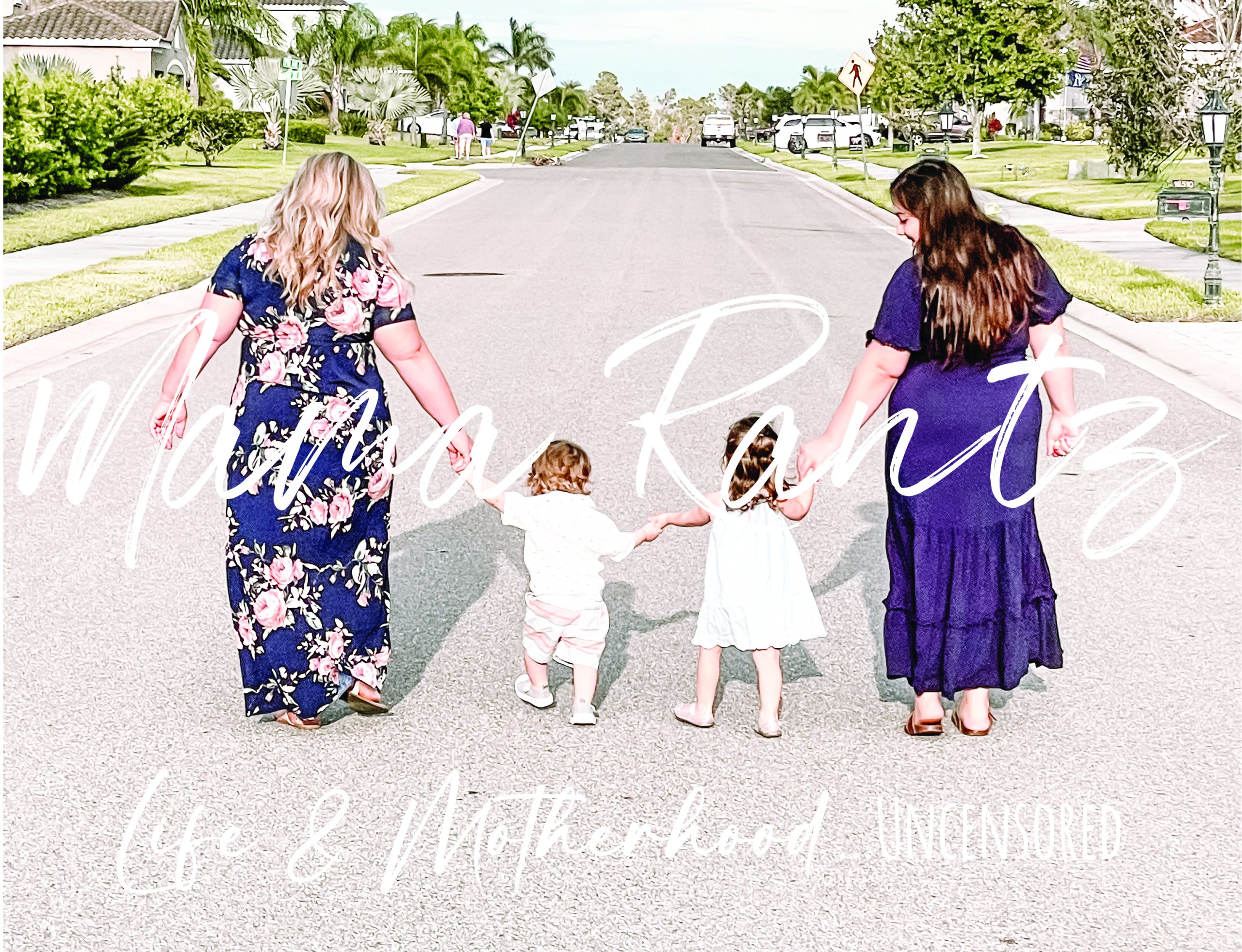Blog Posts
Sick Baby? Here are some Tips for how to care for a sick child.
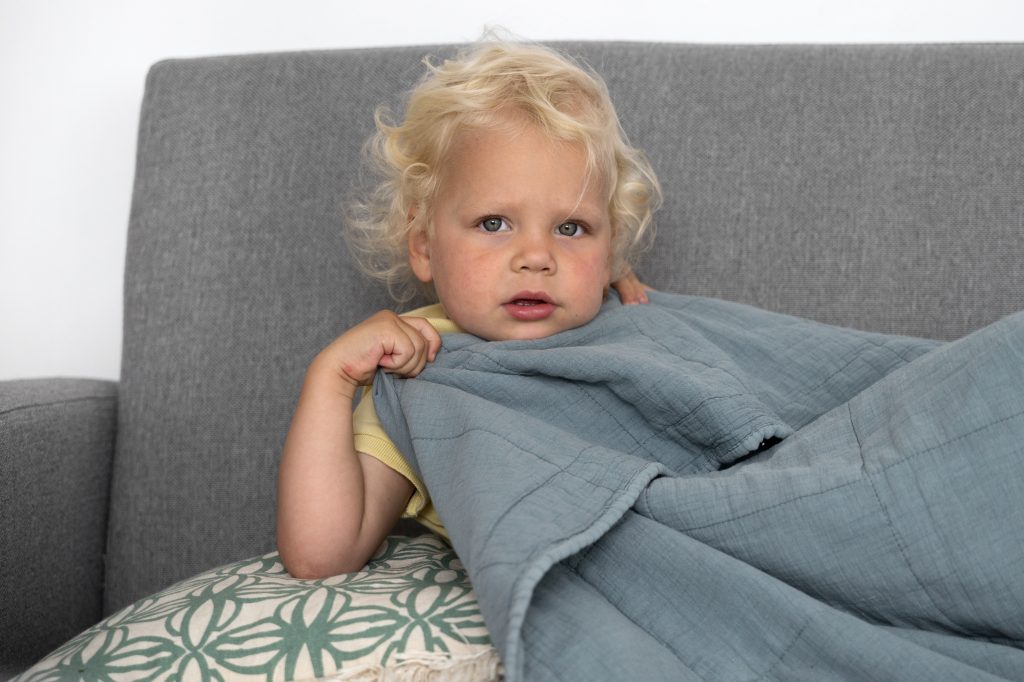
Caring for a sick baby can be a challenging and stressful experience for any parent. Here are some tips for taking care of your sick baby:
1. Keep your baby hydrated: Offer frequent feedings of breastmilk or formula to help prevent dehydration. You can also offer water, for babies over six months of age.
2. Monitor your baby’s temperature: If your baby has a fever, use a rectal thermometer to take their temperature. Call your pediatrician if your baby’s temperature is 100.4°F (38°C) or higher.
3. Keep your baby comfortable: Dress your baby in light clothing and keep the room at a comfortable temperature. Use a cool-mist humidifier to help ease congestion.
4. Give medicine if necessary: Follow your pediatrician’s instructions for giving medication, and don’t give your baby any over-the-counter medication without consulting with a healthcare provider first.
5. Pay attention to symptoms: Monitor your baby’s symptoms and call your pediatrician if they become worse or new symptoms develop. Pay special attention to breathing or any signs of distress. Watch your babies stomach and ribs to see if there are any changes.
6. Get plenty of rest: Try to rest as much as possible and ask for help from family or friends if needed.
7. Practice good hygiene: Wash your hands frequently and disinfect surfaces to prevent the spread of germs.
Remember, if you’re ever unsure about how to care for your sick baby, contact your pediatrician for guidance.
Date Ideas Post Baby

After having a baby, it can be challenging to find time for yourselves as a couple. Here are some date ideas that can be enjoyed even with a new baby:
1. Take a walk: Strap the baby into a stroller or baby carrier and take a leisurely walk around the neighborhood or a local park.
2. Have a picnic: Pack a lunch or some snacks and have a picnic in a local park or even in your own backyard.
3. Take a cooking class: Sign up for a cooking class together and learn how to make a new dish or cuisine.
4. Have a movie night: Rent or stream a movie, cuddle up on the couch, and enjoy a cozy night in.
5. Take a yoga class: Find a local yoga studio that offers mommy and baby yoga classes and enjoy a relaxing workout together.
6. Visit a museum: Visit a local museum or art gallery during the day when it’s less crowded and take your baby along in a stroller or carrier.
7. Try a new restaurant: Find a restaurant that offers family-friendly dining and bring your baby along for a night out.
Remember that the most important thing is to spend quality time together as a couple and to have fun. Don’t be afraid to get creative and find ways to incorporate your new baby into your date nights. And don’t forget to take breaks and get some much-needed rest and relaxation as new parents.

The Different Types of Strollers – Strollers 101

There are many types of strollers available on the market, and the best stroller for you will depend on your specific needs and preferences. We are here to tackle the different types of strollers you can buy! Here are some popular types of strollers:
1. Full-size strollers: These are versatile strollers that offer a variety of features like adjustable seats, storage baskets, and canopies. They are great for everyday use and can handle different types of terrain.
2. Lightweight or umbrella strollers: These are compact and easy-to-fold strollers that are great for traveling or running errands. They are lightweight and easy to maneuver.
3. Jogging strollers: These are designed for active parents who enjoy jogging or running. They have large wheels and suspension systems that make them easy to maneuver over rough terrain.
4. Double strollers: These strollers are designed to carry two children and are available in different configurations, such as side-by-side or tandem.
5. Travel systems: These strollers come with a car seat that can be attached to the stroller, making it easy to transfer your baby from the car to the stroller.
When choosing a stroller, it is important to consider factors such as the age of your child, the terrain you will be using the stroller on, your budget, and the features you need. It is also important to ensure that the stroller meets safety standards and has a secure harness system to keep your child safe!
Xoxo, Ali & Ell
What you should Pack for a toddler to go to an amusement park:
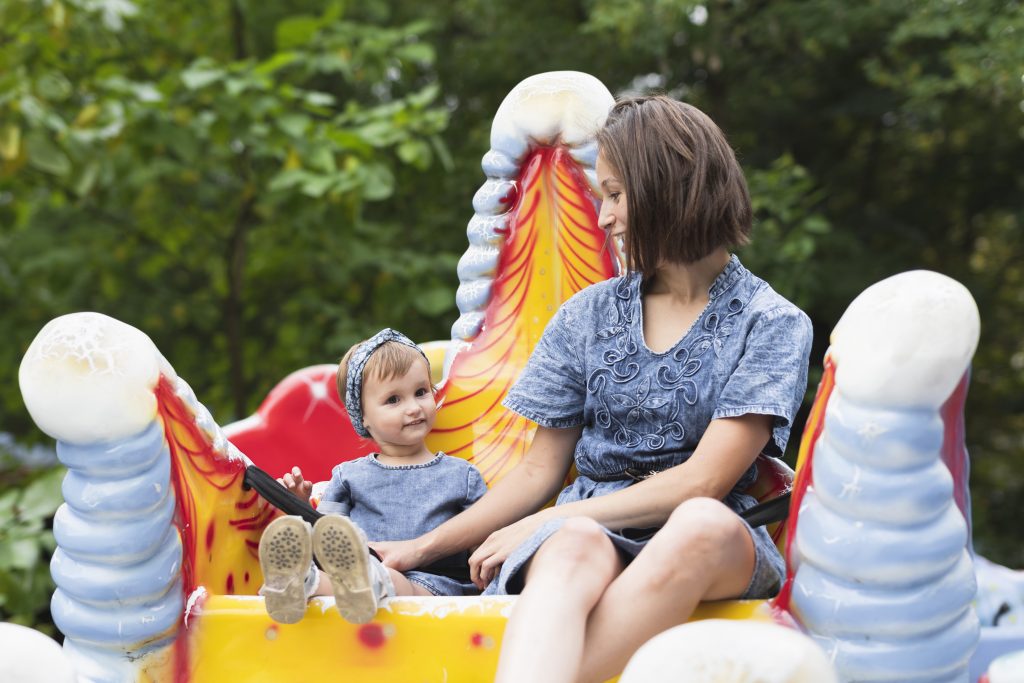
Packing for a toddler to go to an amusement park requires some planning and preparation. No one wants to lug around extra stuff that they won’t need, but you also don’t want to be caught empty handed and in need. Consider leaving “just in case” things in the car or a locker inside the park to minimize what you need to carry around.
Here are some things that you should consider bringing:
1. Extra Clothes: Pack at least one extra set of clothes in case of spills, accidents, or unexpected weather changes.
2. Sunscreen: Protect your toddler’s skin by packing a high SPF sunscreen and applying it regularly throughout the day. We recommend mineral sunscreens for toddlers and babies of 50 SPF.
3. Hat: Bring a hat to protect your toddler’s head and face from the sun. (You can skip this if your stroller has a good sunshade.)
4. Water Bottle and Snacks: Pack a refillable water bottle and some snacks to keep your toddler hydrated and energized throughout the day.
5. Stroller or Carrier: Bring a stroller or carrier to help you navigate the park with your toddler. If it’s really warm out, pack a stroller fan and ditch the carrier.
6. Comfortable Shoes: Choose comfortable shoes that your toddler can wear all day. Avoid flip flops or sandals that could fall off easily.
7. Diapers and Wipes: Bring plenty of diapers and wipes to keep your toddler clean and dry.
8. Hand Sanitizer: Pack a bottle of hand sanitizer to help keep your toddler’s hands clean and germ-free.
9. Identification: Make sure to carry identification for both you and your toddler in case of an emergency.
Remember to check the park’s website or social media pages before your visit to see if they have any specific policies or rules regarding items that can or cannot be brought into the park.
Most importantly have fun!!! Leave us a comment if you think we left anything off the list!
Xoxo Ali & Ell
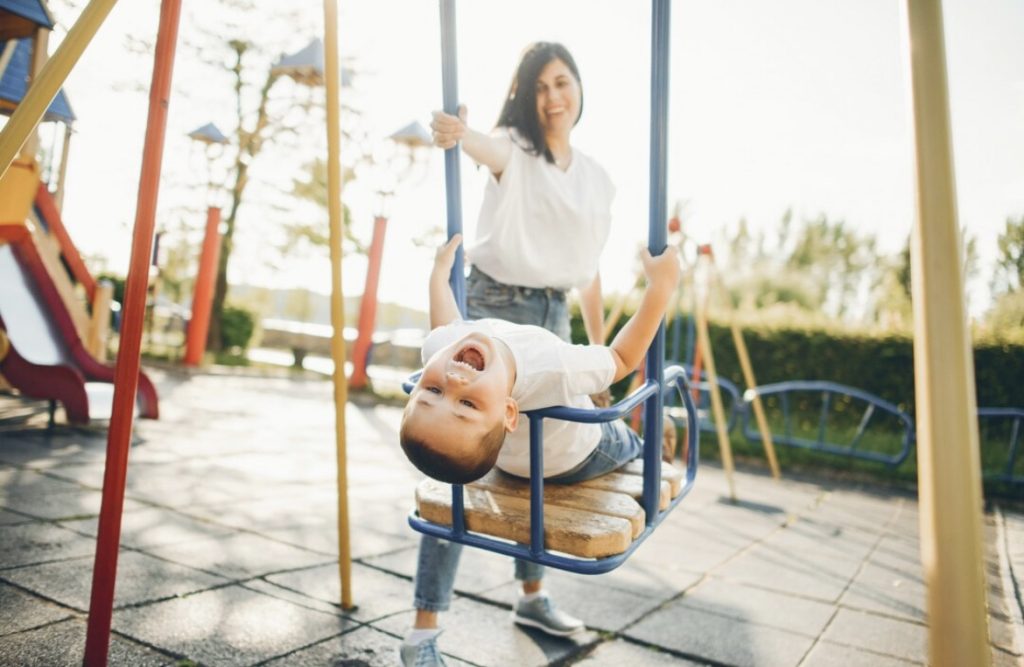
Fun St. Patrick’s Day Ideas for Kids!

It’s almost St. Patrick’s Day!!! And although I always look forward to going to the parade and watching a river turn green, I’m always looking for more fun things to do for the kids leading up to it! There are so many fun St. Patrick’s Day activities that you can do with kids! Check out some ideas!
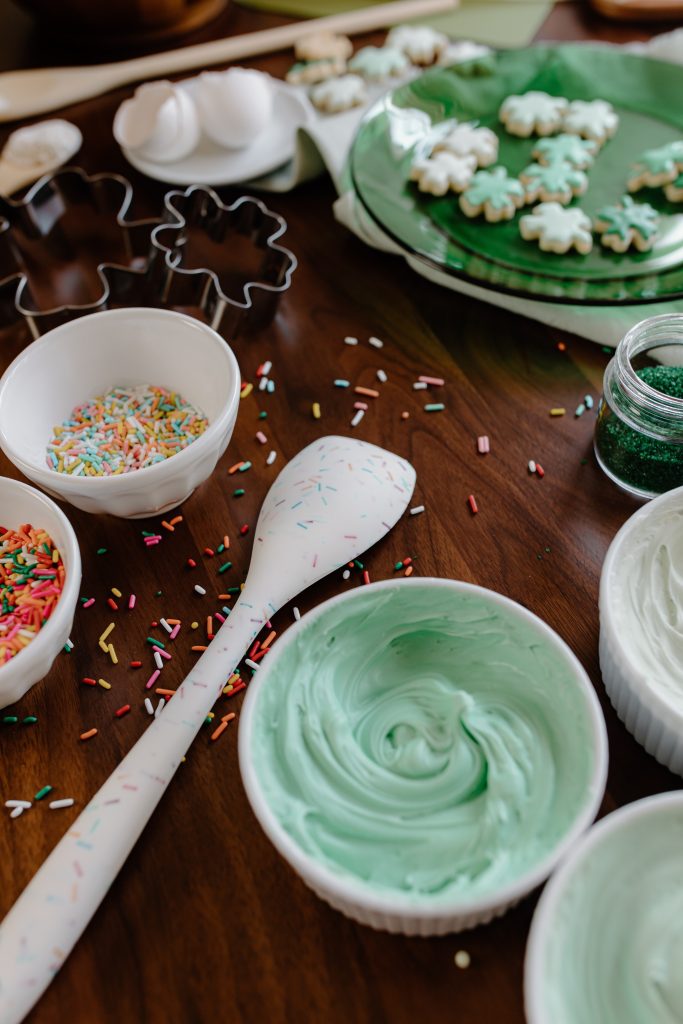
- Make St. Patrick’s Day Crafts: You can create a variety of fun crafts with the kids such as leprechaun hats, shamrock garlands, and rainbow mobiles. You can find many ideas and tutorials online.
- Make St. Patrick’s Day Treats: You can bake and decorate sugar cookies in the shape of shamrocks or leprechaun hats. You can also make rainbow cupcakes or a St. Patrick’s Day themed cake.
- St. Patrick’s Day Scavenger Hunt: Create a scavenger hunt with clues and small prizes at each stop. You can hide the clues and treats around the house or outside, depending on the weather.
- Watch a St. Patrick’s Day Parade: You can watch a parade or a virtual parade online to learn about the history and traditions of St. Patrick’s Day.
- Learn about Irish Culture: You can read stories about St. Patrick’s Day and Irish folklore, listen to Irish music, or watch a movie about Ireland.
- Dress up in Green: You can have the kids dress up in green and make St. Patrick’s Day accessories like green hats, necklaces, and bracelets.
- Create a Leprechaun Trap: You can have the kids create a leprechaun trap using a box, construction paper, and other craft materials.
Step out of your shell or continue the family festivities while having some fun and being creative with your St. Patrick’s Day activities!
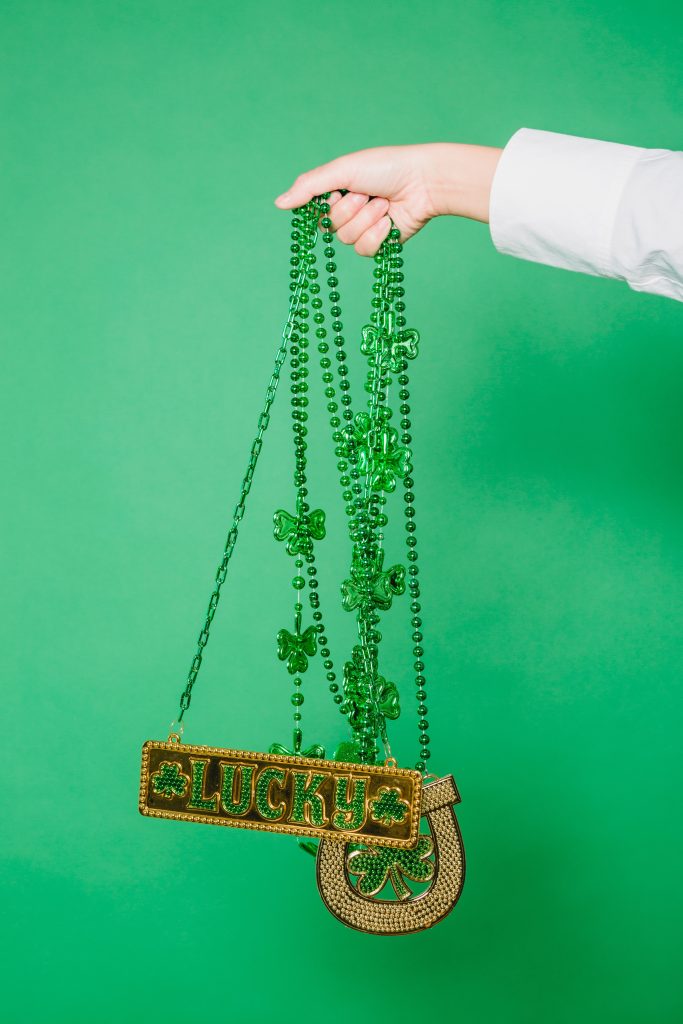
Love, Ell & Ali
Baby Blues v PPD

Photo by Claudia Wolff on Unsplash.
I’m sitting propped up in bed staring at my sweet baby in his bassinet. He’s safe. I know this, but I have to check again. I can’t bring myself to take my glasses off. He has reflux and I’m afraid he’ll choke in his sleep. I’ve checked him five times….
I’m watching tv with my newborn in my arms and the movie is sweet, it makes me cry. The movie is happy and I shouldn’t be crying. First it’s happy tears but then it’s tears of worry for my baby and my family.
Everything is getting to me. I love my spouse but they are driving me nuts. I’m angry. I’m frustrated. I’m scared. I’m hiding in my room breastfeeding the baby. I’m sick of the criticism. I’m crying again. I’m exhausted. I’m emotional. I want my spouse near me but then I don’t want them around me. I’m touched out.
I’m exhausted and I need sleep but I don’t trust anyone to watch my baby. I’m too afraid something will happen and I won’t be there. Logically I know they are capable to watch her, but my anxiety has me crawling the walls and unable to relax.
Is it the baby blues or Postpartum (or Peripartum) Depression (PPD)?
According to the Cleveland Clinic Baby Blues is defined as periods of feeling sadness and anxiety during the first few weeks after giving birth. If these feelings get so severe that they interfere with daily life and/or last further than the first few weeks after pregnancy, it could be PPD.
According to the American Psychiatric Association, up to 70% of all women after birth will experience some form of the baby blues, while John Hopkins believes that figure is even greater at approximately 85%. John Hopkins also estimates that 1 in 5 women will experience PPD. Both mother and baby can be affected by PPD, and now there is growing research that fathers can also experience a form of it.
Risk Factors for PPD
1. Personal History of depression or anxiety prior to birth.
2. Family History of PPD.
3. Generics & Biomarkers.
Symptoms of PPD:
More than two weeks after birth experiencing
1. Anxiety
2. Sadness
3. Anger & Irritability
4. Difficulty Sleeping
5. Intrusive thoughts
If you are experiencing these symptoms for more than two weeks or they become severe, it is important to seek professional help. Unfortunately 50% of mothers suffering from PPD have it missed by their medical providers so it is important that you speak up and advocate for yourself. Most mothers will fully recover from PPD within 6-8 months.
This is a normal part of the fourth trimester and the majority of women will experience it in some form. It is a combination of the imbalance of hormonal levels in the body coupled with a large life change and lack of sleep. Give yourself grace during this period, but reach out for help and resources!
Xoxo
Ali and Ell
